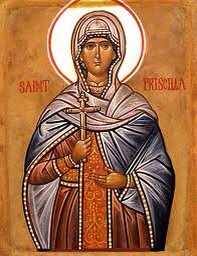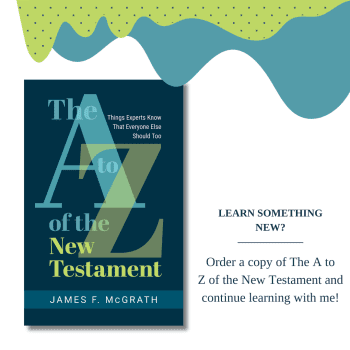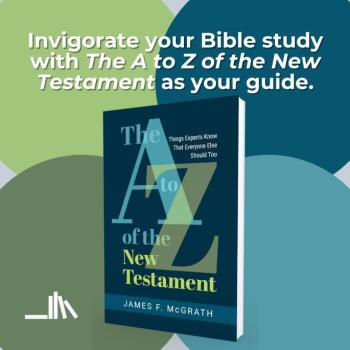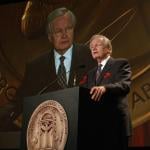Today in my Sunday school class, we started a new topic, beginning a study of the Epistle to the Hebrews. We spent a significant amount of the time on authorship, and the uncertainties about it (I explained the reasons why I was persuaded it was not Paul, including the very different style of Greek). I was impressed that everyone was not only open to the possibility that Priscilla might have written it (a possibility apparently first suggested by Adolf von Harnack, and which has a number of points in its favor but at least one grammatical point potentially against it), but everyone in the class quickly accepted and stuck to my suggestion that, since we do not know who wrote the epistle, we refer to the author as “she.”
We also talked briefly about theologies of the atonement and the fact that we will need to make detours into that topic, as well as into Leviticus and many other texts from the Jewish Scriptures/Old Testament which the author discusses and quotes.
I also mentioned the fact that Hebrews stands along with the Book of Revelation, the Gospel of John, and some of the Pauline epistles of suspect authenticity, as part of a smaller subset of the New Testament the inclusion of which was disputed by some. And yet these same texts are the ones that are given the most importance by many conservative Christians today. Is that not a turning of the periphery into the center, I wonder? At the very least, it provided an opportunity to introduce the idea of the canon within a canon.
Expect regular posts connected with the letter to the Hebrews for the foreseeable future, as we focus on this text in my Sunday school class!













